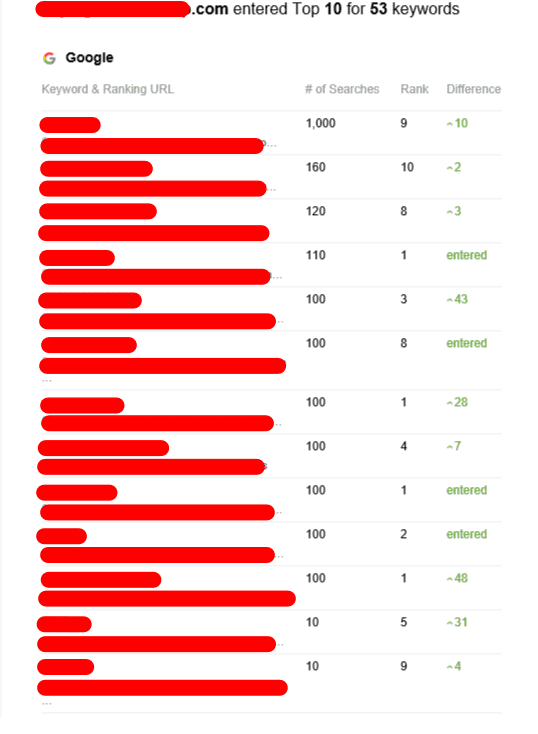Tiered Link Building - How to Avoid a Google Penalty
Tiered link building is an effective tool that assists websites in increasing their search engine rankings. However it should be utilized properly. Otherwise it could result in a Google penalty.
Tiered link building is the process of using multiple levels of backlinks to boost a webpage's ranking. This strategy is used by a variety of SEO experts and link building agencies.
First-tier links
Tiered link building can be an effective SEO technique that can boost your search engine ranking. But, it's crucial to understand how to use tiered links correctly to avoid penalties from Google. You can achieve this by using different levels of your backlink pyramid. It is also possible to employ other SEO techniques, like breaking links and niche editing building.
The first tier of links in a tiered link-building strategy should be from websites of high-quality that have an authority on domains and a PageRank that is higher than your own. This will give you the highest chance of ranking in the long run. Links from low-quality sites can harm your rankings and raise red warnings. Avoid linking to sites that are not related or that only have links.
You can also build your first level by using forums and wikis with a large amount of user-generated content. This is a great method to get high-quality, contextual and relevant links. However, you should remember that these hyperlinks may not carry the same amount of link juice as those from a quality website.
You can also utilize a resource like HARO to find an overview of the topics journalists are seeking information on. This can be an excellent way to construct your first link tier in a natural manner without breaking any rules. Make sure to only link to sites that are authoritative and relevant to your industry.
Second-tier links
SEO agencies and site owners employ tier link building to improve their rankings on search engines. It is a risky approach that can result in Google penalties. Tiered links are backlinks which point to third-party sites that give your website authority. These backlinks can be used to pass the value of your links to your primary websites so that they can be ranked higher in SERPs. This is a time-consuming process and expensive. In addition, it can be difficult to get to a tipping point in search engine rankings.
Tier two links tend to be less valuable than the first, but can still aid in improving organic ranking and help build domain authority. They also make Tier 1 links more effective by enhancing their value. Tier 2 backlinks are either dofollow or do not follow but dofollow has the highest importance.
There are a variety of ways to build Tier 2 backlinks, which include guest posts, citations and citations in niche-based articles. You can also build these links through link roundups or directories of articles. It is important that you utilize referring URLs that are relevant to the context. Also, avoid low-quality links, as they could be interpreted by Google as spam. These strategies can quickly turn into a black-hat method which could be penalized.
Third-tier links

Link building using the tier system can be an effective SEO tool that can help get websites to rank higher on results pages of search engines. It can be dangerous, however, if done incorrectly. If Google discovers that you are using tiered linking, it can punish your website or eliminate it completely from the search engine. There are fortunately ways to avoid this fate.
In the third tier, things get more complicated. Marketers employ third-party tools in order to build backlinks in a huge scale. These include blog posts, poor quality directories websites, bookmark sites, wikis and other user-generated content. These backlinks are meant to boost the PageRank and authority of your first-tier link.
These links can be traced to their origins which makes them more risky than organic ones. They're also not as effective in boosting PageRank. Google's algorithm has evolved and low-quality (even nofollow) hyperlinks are losing value.
To avoid these issues marketers must be cautious when they create their third-tier backlinks. They should only use reliable third-party service providers with excellent track history. It is also recommended to avoid automated tools, since they can cause problems. Google could be penalizing you if they detect automated tools. This could be a major impact on your ranking. This is why it's a good idea to partner with an SEO agency that has experience with tiered link development.
Fourth-tier links
Tiered link building is a technique that involves the creation of an orderly pyramid of links. This technique assists in passing link juice from higher-authority websites to sites with lower authority, which can then rank for certain keywords. This technique is effective in increasing website traffic and ranking over time. what is tier 2 link building? is vital to remember that using tiered links on your entire website or a single page may be risky.
The most important factor to avoid this is to ensure that your tier-2 backlinks are from a variety of sources. If your tier-2 links are all from one source, Google may detect it and penalize your website. It is also crucial to avoid linking to spammy websites as this could damage your site's reputation.
In addition to guest blogging and tier 2 links, they can be acquired through paid advertising or by providing quality content to high-authority websites. Another option is to submit an article to HARO (Help a Reporter Out). The service sends emails to journalists about a range of topics, and you can provide the information journalists require to write their articles.
However this method of building links is not a long-term approach. Google's algorithm changes constantly and it is becoming increasingly difficult to build links from low quality sources. Search engines are also better at detecting automated links. This means it is possible that tiered link building will eventually go away.
